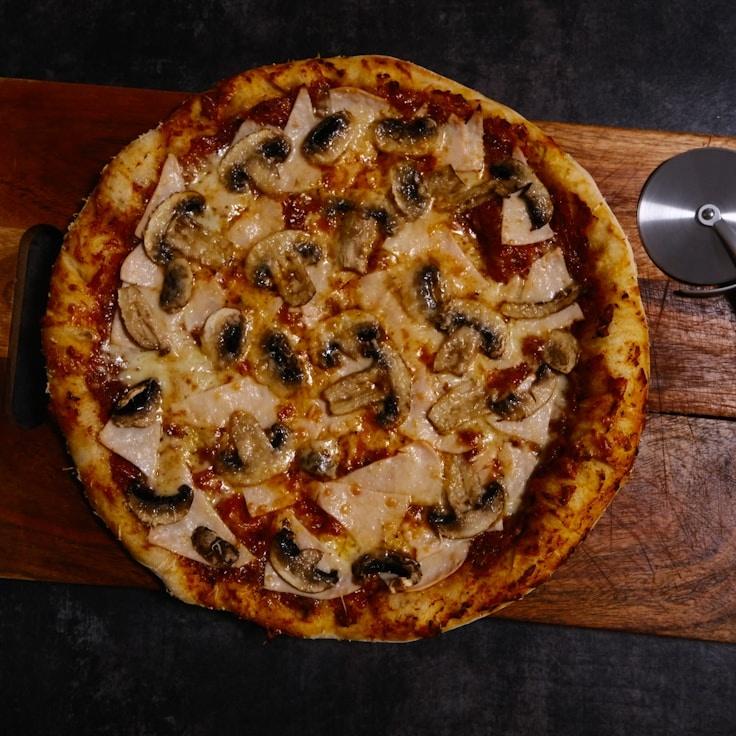Here at SavoryPantry, the key to extraordinary pizza lies in the dough's mastery. With over 30 years of refining our dough recipe, we are thrilled to unveil a few of our craft secrets. Despite keeping our exact blend a cherished secret, these core guidelines will help anyone reproduce a professional pizza dough at their abode.
Choosing the Right Flour
The cornerstone of any notable pizza dough is premium flour. Our choice is 00 flour—a refined Italian variety with a moderate protein content, typically around 12%. This specific kind ensures a sublime mix of firmness and softness. For those unable to find 00 flour, bread flour is an acceptable alternative, although there will be a slight variance in consistency.
Optimal Water Temperature for Dough Consistency
The water's warmth is instrumental in yeast fermentation and shaping your dough's development. Use colder water at around 45°F (7°C) for lengthier fermentation contributing to a better taste. Alternatively, lukewarm water at about 85°F (29°C) speeds up the fermentation process. Strive for a 60-70% hydration ratio for ideal dough performance in typical household ovens.
Yeast Quantities and Fermentation Durations
To create dough with a rich flavor profile, it's essential to minimize yeast usage and extend fermentation. At SavoryPantry, we use a mere 0.2% fresh yeast in proportion to the flour, with a fermentation timeline of 24-48 hours. This gradual fermentation enriches the flavor and results in dough that's more digestible.
Salt's Role Beyond Seasoning
Salt's function transcends mere flavor enhancement—it fortifies gluten structure and moderates fermentation. We advocate for a 2.5-3% dosage of fine sea salt based on your flour's weight. Introduce it as the flour and water begin to blend, ensuring the yeast doesn't directly contact the salt.
Fermentation: An Artistic Process
Once mixed, allow your dough to undergo a primary fermentation at room temperature for about 2 hours. Subsequently, divide it into separate portions and store them in sealed containers inside the refrigerator for 24-72 hours. During this cold fermentation, starch is converted to sugar by enzyme activity, which intensifies the flavor and contributes to our crust's attractive browning.
Gentle Dough Handling
As you're ready to craft your pizza, take out the dough from the fridge 1-2 hours prior to baking, letting it come to room temperature. Be delicate in handling the dough to maintain the gas bubbles that formed within. Refrain from using a rolling pin, which can deflate those bubbles, and instead gently stretch the dough with your fingertips.
Intense Heat for the Perfect Crust
Our professional wood-fired ovens attain 850°F (454°C), but standard home ovens usually only reach 550°F (288°C). To mimic the high heat, preheat a pizza stone or steel for a minimum of an hour. This setup will furnish the intense heat required to create a crust with the crispness and airiness characteristic of our pizzas.
Honing the art of pizza dough is a continual learning experience; each batch offers insights into the intricacies of the process. We encourage you to keep a log of your efforts, experimenting with and fine-tuning the ingredients, and finding what yields the best results in your kitchen.
For an in-person experience of our dough preparation techniques, come to our monthly pizza workshops, where Chef Luca will guide you through these methods. Look to our events schedule for future workshop dates!

